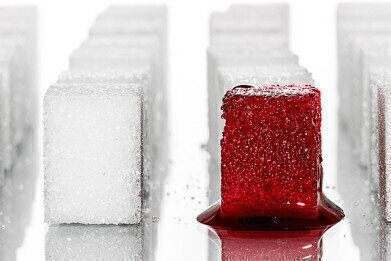News & Views
Can We 'Switch Off' Type 1 Diabetes?
Feb 17 2016
Modern medicine never ceases to amaze, but the concept of simply ‘switching’ off Type 1 diabetes brings a completely different level of wow factor. Developed by a team of researchers at the Massachusetts Institute of Technology (MIT), the revelation could mean diabetes suffers could soon say goodbye to the daily routine of injecting themselves with insulin. Instead, a transplant of insulin-producing beta cells made from human stem cells could offer effective, long term relief. When tested on mice, the cells were able to ‘switch off’ diabetes for up to six months.
Following in the footsteps of Harvard
The advancement comes in the wake of recent research from a team at Harvard University, that used human embryonic stem cells to develop a bona fide cure. After mass transforming human embryonic stem cells into hundreds of millions of beta cells, the team transplanted them into a hyperglycemic mouse. From the word go, they actively started to reduce the rodent’s blood sugar levels.
Unfortunately, the experiment wasn’t without its challenges. The mouse’s defective immune system eventually destroyed the new beta cells which rendered them useless. The MIT team has channelled months of research in addressing this barrier, and now believes that it’s found a way to ‘hide’ the insulin-producing beta cells from the self-destructive Type 1 diabetes immune system.
Hiding cells from a suicidal immune system
They did this by encasing the transplanted beta cells in a brown algae derived gel. They then modified the chemical structure of the alginate capsules to strengthen the shield.
“We made all these derivatives of alginate by attaching different small molecules to the [large molecule] chain,” explains Arturo Vegas, lead author of the study. The idea was to develop an alginate derivative that was armed with “the ability to prevent recognition by the immune system.”
Finally, they struck gold with the triazole-thiomorpholine dioxide (TMTD) variant. This effectively hid beta cells from their white blood cell counterparts, leaving them free to produce insulin and reduce blood sugar for up to 174 days.
Next up, human trials. Whether or not the concept applies to the human body is yet to be seen, however scientists are optimistic that this could transform life for Type 1 diabetes.
While change is on the horizon, until it arrives diabetes suffers will continue to rely on insulin injections. ‘Easing the way for pain-free insulin injections’ offers more insight into how the process works, and the steps that are being taken to minimise the pain associated with these vital injections.
Image via Flickr Creative Commons. Photo credits: Dennis Skley
Digital Edition
LMUK 49.7 Nov 2024
November 2024
News - Research & Events News - News & Views Articles - They’re burning the labs... Spotlight Features - Incubators, Freezers & Cooling Equipment - Pumps, Valves & Liquid Hand...
View all digital editions
Events
Nov 18 2024 Shanghai, China
Nov 20 2024 Karachi, Pakistan
Nov 27 2024 Istanbul, Turkey
Jan 22 2025 Tokyo, Japan
Jan 22 2025 Birmingham, UK




.jpg)














